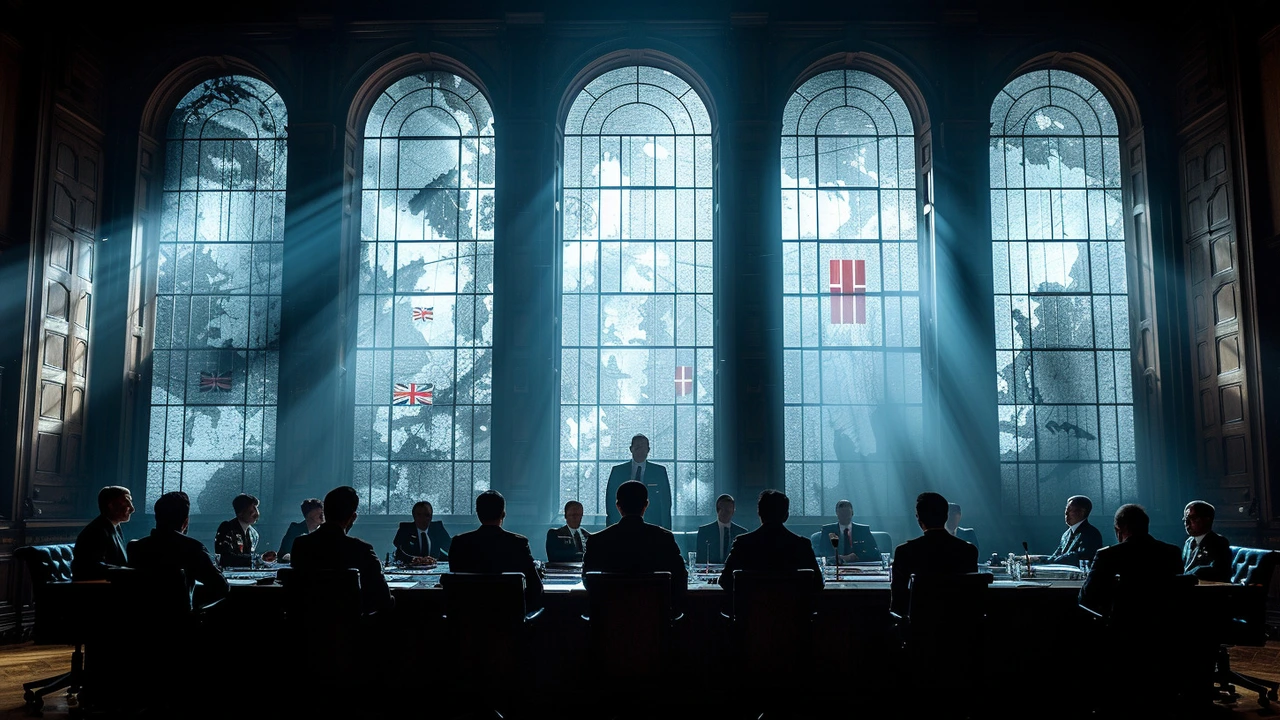What makes some peacekeeping missions stick while others fade away? The short answer: practical, people-focused strategies. This page pulls together clear, tested approaches you can expect to see in successful missions—things that protect civilians, rebuild trust, and help communities stand on their feet again.
Start with a sharp mandate. When peacekeepers know exactly what they must protect and why—civilians, key infrastructure, election spaces—they can act without hesitation. Fast deployment matters too. Delays allow violence to harden. A good strategy sets realistic, time-bound goals and matches personnel and equipment to those goals.
Rules of engagement should be realistic and well-communicated. Ambiguous orders confuse troops and hurt civilians. Train units on what’s allowed and why, and give field commanders the authority to act when civilian lives are at risk.
Peacekeeping that ignores local leaders and community groups fails quickly. Make local actors partners from day one—traditional leaders, women’s groups, youth, and local police. Ask: What do they need to feel safe? What local norms can help de-escalate tensions? Practical collaboration builds trust and produces solutions that fit the culture and reality on the ground.
Combine short-term security with long-term development. While troops protect markets or clinics, civilian teams should support local governance, basic services, and livelihoods. When people can earn a living and access services, incentives for violence drop.
Use targeted technology, not flashy gadgets. Drones for surveillance, simple data dashboards for incident tracking, and secure radios for local coordination pay off when they are tied to clear tasks—like protecting a convoy or monitoring a ceasefire line. Don’t deploy tech without training and maintenance plans.
Train for context. Culture, language, and gender sensitivity training reduce misunderstandings and improve cooperation. Mixed teams—military, police, and civilian experts—work better when each member understands the others’ role and limits.
Measure progress with meaningful indicators. Track incidents of violence, return of displaced people, access to schools and clinics, and levels of local trust. Regular, honest evaluations let missions adjust quickly instead of doubling down on failing approaches.
Finally, be ready to hand over. Peacekeeping should not create dependence. From the start, build local capacity in policing, courts, and civil administration. Set clear benchmarks for handing responsibilities back to national or local authorities, and keep mentoring after the main force leaves.
These strategies won’t erase conflict overnight, but they shift outcomes. Focus on protecting people, partnering with communities, pairing security with services, and planning exits. That’s the practical path from fragile calm to lasting peace.

If you've ever wondered about the intricate ways of peacekeeping and conflict resolution, then you've come to the right place. I've spent countless hours pouring over various resources to create a comprehensive guide on the Art of Peacekeeping. This blog post will delve deep into the strategies and techniques used worldwide in maintaining peace in troubled areas. As someone deeply passionate about international relations, I hope you find this guide illuminating and insightful, shedding light on the incredible work of peacekeepers around the globe.
